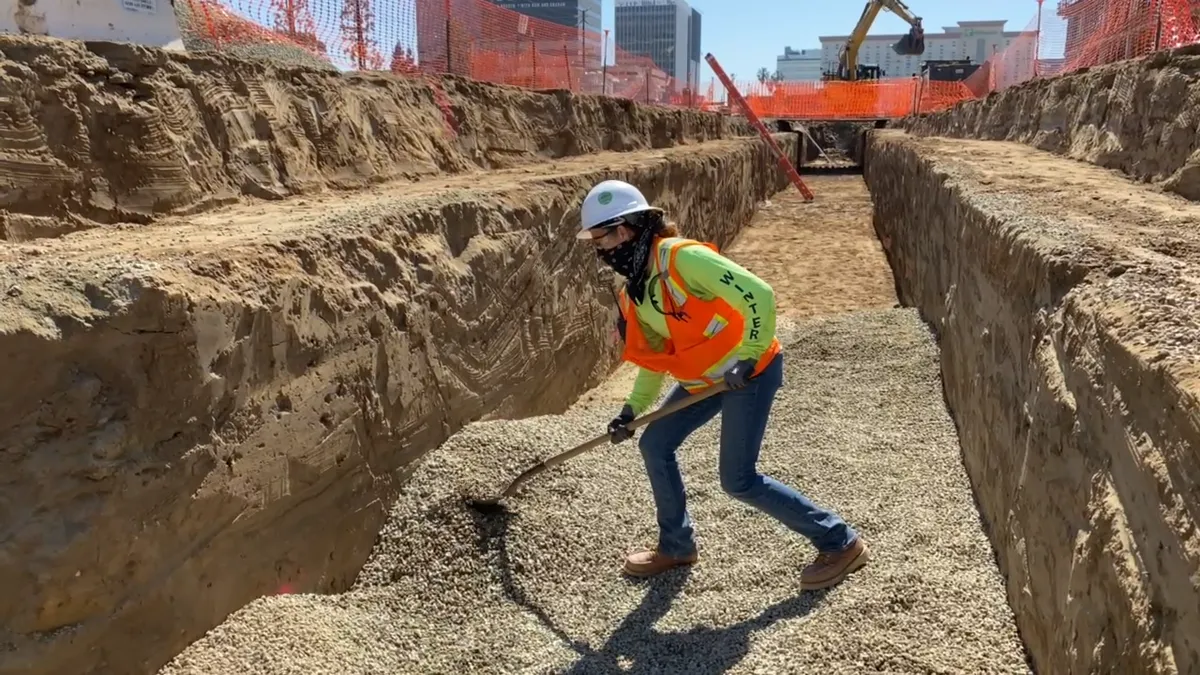Nearly 128 million U.S. workers — about 70% of the entire US workforce — could stand to benefit from apprenticeships and on-the-job learning opportunities, opening up a key cohort of trained workers for employers, according to a Nov. 13 report by Multiverse and the Burning Glass Institute.
Apprenticeships still remain outside the mainstream in the U.S., the report said, but a U.S. workforce that would follow the U.K.’s “mature apprenticeship” system could host over 830,000 new apprenticeship opportunities per year, leading to $28.5 billion in wage increases.
The four cohorts of workers that could benefit from such a system include:
- 36 million high-churn, low-wage workers without bachelor's degrees.
- 10.6 million career starters without bachelor's degrees.
- 12.8 million underemployed college graduates.
- 68 million mid-career workers who are seeking a chance for better pay.
Examples of high-churn, low-wage jobs include truck drivers, retail salespeople, janitors, cooks and wait staff, the report noted. These jobs are also prone to automation. And while obtaining a degree can open up pathways to new job opportunities, many with degrees remain underemployed in jobs that are not using their skills well, the report said.
Those workers could be funneled into apprentice-ready jobs that are in high demand and cross myriad industries, including sales managers, computer network architects, software developers, medical and health services managers, construction managers, accountants, HR specialists and electricians, among others.
“We know that with Boomers retiring, more people sitting on the sidelines of the labor market, and big economic shifts in the wake of the pandemic — the workforce we have isn't always the workforce we need,” Matt Sigelman, president of the Burning Glass Institute, said in a statement. “Apprenticeships can be a powerful mechanism for unlocking worker potential and bridging the gap between workers yearning for opportunity and businesses starving for talent.”
Employers are already primed to move into these models, the report said. Multiverse and the Burning Glass Institute analyzed 332 million job postings made since 2014, and over the last five years, data indicated a 6.5-fold increase in the frequency of terms like “upskilling, reskilling, and on-the-job training” in job ads — showcasing that employers are curious about a learn-on-the-job model.
Notably, women and Black and Hispanic workers without degrees are disproportionately represented in high-churn, low-wage jobs — providing employers ample opportunity to expand the diversity of their workforces while also filling key roles, the report said.
The Biden-Harris administration has been working on building a workforce to support the manufacturing industry. In May, the administration launched a new advanced manufacturing workforce initiative, which created workforce hubs and expand pre- and registered apprenticeships.
The U.S. registered apprenticeship system has been a target of bill making in recent years, with the intent to modernize the system for the current workforce. The most recent bill sought to encourage employers to create apprenticeships in manufacturing, cybersecurity, clean energy and other in-demand industries.













